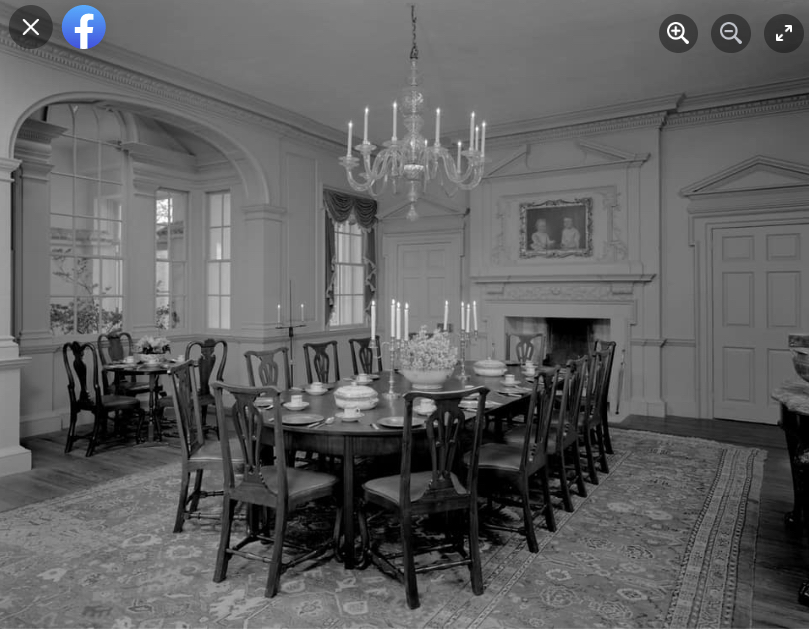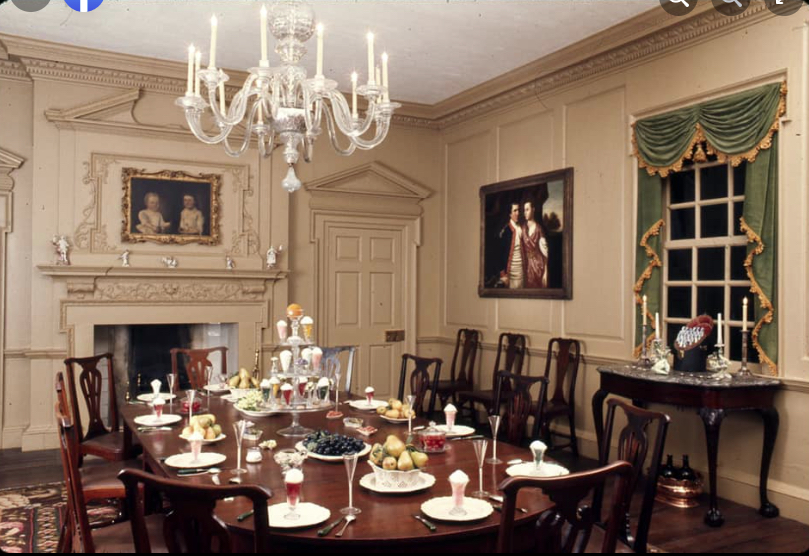JEHU JONES & THE MANSION HOUSE HOTEL
Born into slavery in 1769, Jehu Jones Sr. was a skillful tailor, learning the trade from his owner, Christopher Rogers. Possessing an entrepreneurial spirit, Jones worked hard in Rogers’ shop, as well as during his personal time. By 1798, he had earned enough to purchase his freedom and that of his wife, Abigail, for about $140. Within five years, he began buying his own slaves to support his various business ventures.
Around 1816, Jones purchased a large house on Broad Street behind St. Michael’s Church. Justice William Burrows had built the elegant house prior to the American Revolution. It was next purchased by Thomas Hall, who sold it to Jones for $13,000.
By this time, Jones had turned management of his tailoring business over to his son, and he and Abigail focused on transforming the Burrows-Hall House into an elegant inn that catered to wealthy white guests, especially those staying in Charleston for extended visits such as Samuel F.B. Morse, best known as the inventor of Morse code, but also an artist who painted portraits of many wealthy Charlestonians. The property earned a reputation for comfort and fine dinners, including its acclaimed “iced clarets.”
Legislation passed in 1822 resulted in stricter monitoring of free blacks’ movements, requiring them to have a white “guardian” and prohibiting those who left the state from returning. Unfortunately, the law took effect as Abigail, her children and grandchildren were visiting New York. Through his guardian, S.C. Gov. John Lide Wilson, Jones successfully petitioned the General Assembly for a leave of absence to visit his family. Though Jones returned to Charleston, his family never did. Abigail opened her own hotel in New York.
Upon his death in 1833, Jones left an estate of $40,000 to his three sons and stepdaughter, Ann Deas, who was named executrix. Deas returned to Charleston without legislative permission, but was granted a pardon by the governor. She and another free black woman, Eliza Johnson, bought out the brothers’ interest in the inn and reopened it a year after Jones’s death. Its reputation began to diminish only after they sold it in 1847.
In 1928, the house was dismantled and its elegant interiors sold to wealthy Northerners and Northern museums. The paneling of the dining room ended up in the Yale University Art Gallery, where it was discovered and purchased by Henry Francis du Pont. Today the room has been reconstructed at the Winterthur Museum of Art in Delaware, though it is currently not on display. The vacant property behind St. Michael’s Church has been absorbed into its churchyard.



